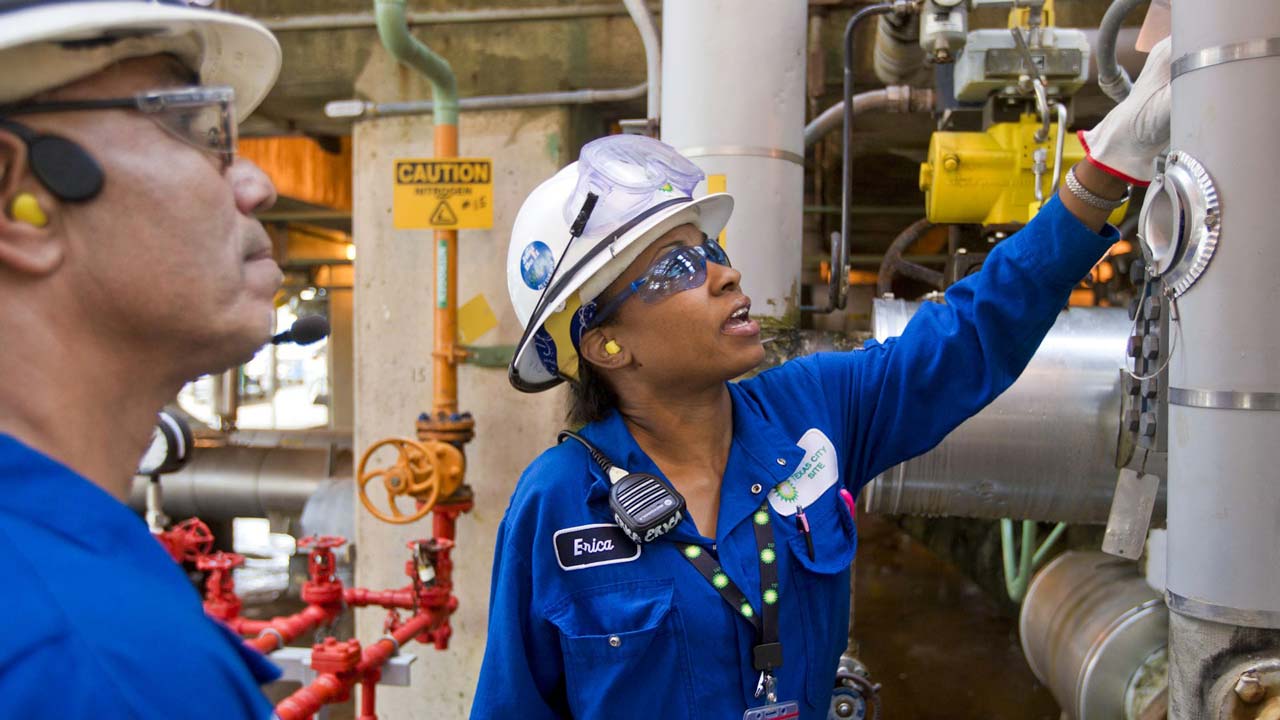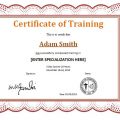Public health engineering may be defined, briefly, as the practice of those engineering arts which affect public health, or, more elaborately, as the application of the laws of science, including those of physics, chemistry, and biology, to the betterment of man’s environment. One of the best descriptions of the field of public health or sanitary engineering may be found in the address given by Harrison P. Eddy before the Sanitary Engineering Division of the American Society of Civil Engineers. After reading this, one is better able to visualize the intimate relationship between engineering practice and the improvement of public health. It has been a long time since public health work was exclusive of a medical nature and it would be as absurd to expect a man with only one kind of training to be proficient in all kinds of public health work as it would be to expect a modern priest to heal wounds and build bridges as did his ancient prototype.
Specialization in public health work has been growing; the present make-up of most public health organizations indicates that growth and its diversity are better than anything else.
The world is facing unprecedented humanitarian needs. Today’s humanitarian crisis tends to be greater in number, often in urban settings, longer in duration, and broader in regional impact. They generate human suffering on a greater scale, disrupt essential services, such as water supply or sanitation, and put the health of a large population at risk. Engineers and technical specialists in water, sanitation, energy, environment, and other related fields play a vital role to respond to these challenges and growing needs. In the humanitarian sector, they are called public health engineers, and today they are increasingly needed.
What Does A Public Health Engineer Do
Health and safety engineers develop procedures and design systems to prevent people from getting sick or injured and to keep property from being damaged. They combine knowledge of systems engineering and of health or safety to make sure that chemicals, machinery, software, furniture, and other consumer products will not cause harm to people or damage to buildings.
Duties
Health and safety engineers typically do the following:
- Review plans and specifications for new machinery and equipment to make sure they meet safety requirements
- Identify and correct potential hazards by inspecting facilities, machinery, and safety equipment
- Evaluate the effectiveness of various industrial control mechanisms
- Ensure that buildings or products comply with health and safety regulations, especially after an inspection that required changes
- Install safety devices on machinery or direct the installation of these devices
- Review employee safety programs and recommend improvements
- Maintain and apply knowledge of current policies, regulations, and industrial processes
Health and safety engineers also investigate industrial accidents, injuries, or occupational diseases to determine their causes and to determine whether the incidents could have been or can be prevented in the future. They interview employers and employees to learn about work environments and incidents that lead to accidents or injuries. They also evaluate the corrections that were made to remedy violations found during health inspections.
Health and safety engineers are also active in two related fields: industrial hygiene and occupational hygiene. Industrial hygiene, they focus on the effects of chemical, physical, and biological agents. They recognize, evaluate, and control these agents to keep people from becoming sick or injured. For example, they might anticipate that a particular manufacturing process will give off a potentially harmful chemical and recommend either a change to the process or a way to contain and control the chemical.
In occupational hygiene, health, and safety engineers investigate the environment in which people work and then use science and engineering to recommend changes to keep workers from being exposed to sickness or injuries. They help employers and employees understand risks, and improve working conditions and practices. For example, they might observe that the noise level in a factory is likely to cause harm to workers’ hearing and recommend ways to reduce the noise level through changes to the building or reducing exposure time, or by having workers wear proper hearing protection.
Health and safety engineering is a broad field covering many activities. The following are examples of types of health and safety engineers:
- Aerospace safety engineers work on missiles, radars, and satellites to make sure that they function safely as designed.
- Fire prevention and protection engineers design fire prevention systems for all kinds of buildings. They often work for architects during the design phase of new buildings or renovations. They must be licensed and must keep up with changes in fire codes and regulations.
- Product safety engineers investigate the causes of accidents or injuries that might have resulted from the use or misuse of a product. They create solutions that reduce or eliminate safety issues associated with products. They also help design new products to prevent injuries, illnesses, or property damage.
- Systems safety engineers work in many fields, including aerospace, and are moving into new fields, such as software safety, medical safety, and environmental safety. These engineers take a systemic approach to identify hazards so that accidents and injuries can be avoided.
For information on health and safety engineers who work in mines, see the profile on mining and geological engineers.
How To Become A Public Health Engineer
Health and safety engineers must have a bachelor’s degree, typically in an engineering discipline such as electrical, chemical, mechanical, industrial, or systems engineering. Another acceptable field of study is occupational or industrial hygiene. Employers value practical experience, so cooperative-education engineering programs at universities are valuable as well.
Education
High school students interested in becoming health and safety engineers will benefit from taking high school courses in math and science, such as algebra, trigonometry, calculus, biology, chemistry, and physics.
Entry-level jobs as a health and safety engineer require a bachelor’s degree. Bachelor’s degree programs typically are 4-year programs and include classroom, laboratory, and field studies in applied engineering. Students interested in becoming a health and safety engineer should seek out coursework in occupational safety and health, industrial hygiene, ergonomics, or environmental safety. In addition, programs in mechanical, electrical, and industrial engineering, programs in systems engineering, and fire protection engineering constitute good preparation for this occupation.
Many colleges and universities offer cooperative-education programs, which allow students to gain practical experience while completing their education.
A few colleges and universities offer 5-year accelerated programs through which students graduate with both a bachelor’s and a master’s degree. A master’s degree allows engineers to enter the occupation at a higher level, where they can develop and implement safety systems.
Important Qualities
Creativity. Health and safety engineers produce designs showing potential problems and remedies for them. They must be creative to deal with situations unique to a project.
Critical-thinking skills. Health and safety engineers must be able to identify hazards to humans and property in the workplace or in the home before they cause material damage or become a health threat.
Observational skills. Health and safety engineers must observe and learn how operations function so that they can identify risks to people and property. This requires the ability to think in terms of overall processes within an organization. Health and safety engineers can then recommend systemic changes to minimize risks.
Problem-solving skills. In designing solutions for entire organizational operations, health and safety engineers must take into account processes from more than one system at the same time. In addition, they must try to anticipate a range of human reactions to the changes they recommend.
Reading skills. Health and safety engineers must be able to interpret federal and state regulations and their intent so that they can propose proper designs for specific work environments.






